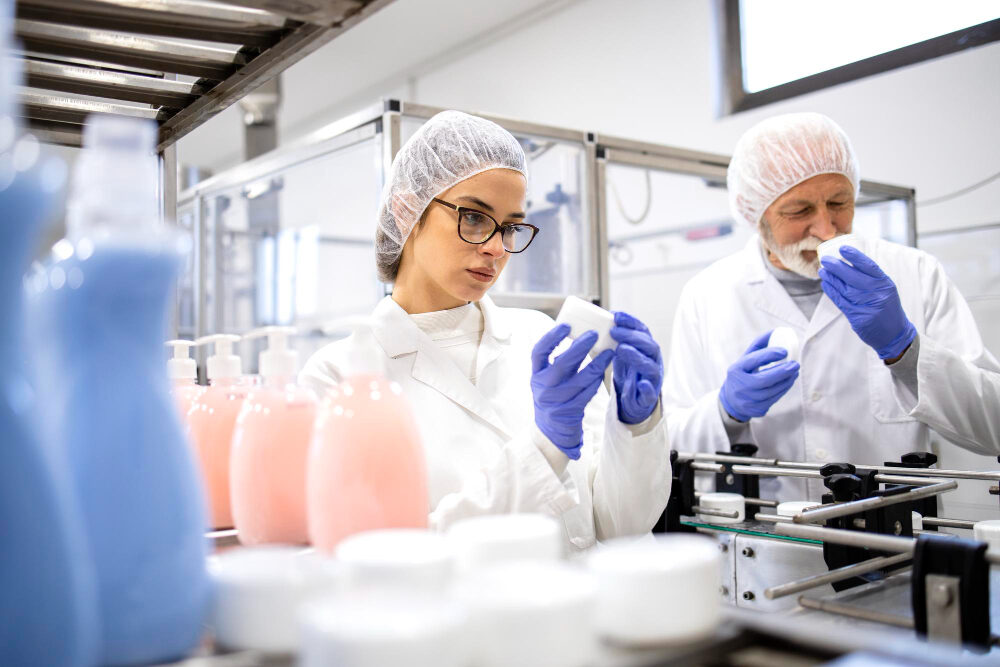In pharmaceutical manufacturing, ensuring a consistent and reproducible production process is essential for regulatory approval. Process validation is a mandatory requirement by regulatory agencies like the FDA, EMA, and ICH to confirm that a drug product meets quality, safety, and efficacy standards.
A well-executed process validation strategy minimizes batch failures, reduces regulatory scrutiny, and ensures compliance with Good Manufacturing Practices (GMP).
The Three Stages of Process Validation
1. Process Design
This stage involves defining and understanding the manufacturing process by:
- Identifying critical process parameters (CPPs) that impact product quality.
- Establishing the design space within which the process operates reliably.
- Conducting small-scale and pilot studies to optimize formulations.
2. Process Qualification
At this stage, manufacturers demonstrate that the process performs as expected in a commercial setting by:
- Conducting three consecutive successful validation batches.
- Ensuring equipment qualification (IQ, OQ, PQ) is complete.
- Performing extensive analytical testing to confirm product consistency.
3. Continued Process Verification
Even after regulatory approval, manufacturers must ensure continued compliance through:
- Trend analysis of batch data to identify variations.
- Annual product quality reviews (APQRs) to assess stability and process consistency.
- Implementing Corrective and Preventive Actions (CAPA) for deviations.
Why Process Validation Matters
Ensures product quality and patient safety.
Reduces batch failures and production costs.
Meets global regulatory expectations (FDA, EMA, ICH Q8-Q10).
Conclusion
A strong process validation framework is key to regulatory success and market approval. By focusing on design, qualification, and continued verification, pharmaceutical manufacturers can produce safe, high-quality, and compliant drug products.





